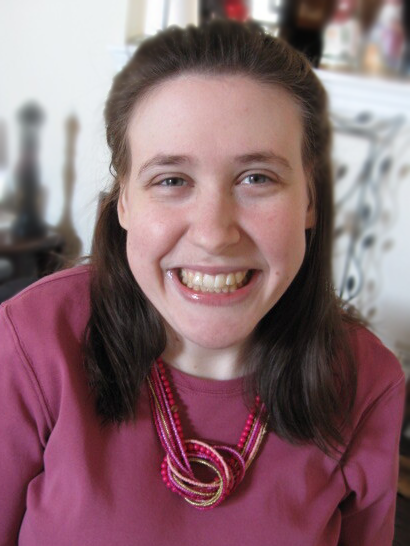Women's History Month: Women With Disabilities Deserve to be Heard

There is generally less representation of disabled women in both disability rights work and women’s rights work, leaving them less visible than men with disabilities and women without disabilities. Accessibility issues, both physical (e.g., a wheelchair) and neurological (e.g., Autism Spectrum Disorder) may significantly influence one’s ability to engage in society.
It is more difficult for women with disabilities to engage in a society built by and for able-bodied people, but it is vital. Mexican painter Frida Kahlo, who experienced lifelong chronic pain following a bus accident at age 18, once said, “I paint myself because I am so often alone and because I am the subject I know best.” Disability rights activist Stella Young, a wheelchair user because of brittle bone disease, humorously quipped in a 2014 TedX Talk, “No amount of smiling at a flight of stairs has ever made it turn into a ramp. Never. Smiling at a television screen isn't going to make closed captions appear for people who are deaf. No amount of standing in the middle of a bookshop and radiating a positive attitude is going to turn all those books into braille.”
Every person’s disability experience is different and deserves to be heard. A diagnosis only tells a small portion of anyone’s story. I think the most important thing you can do for women with disabilities is to include them, not only through your words but your actions. This can only be done by getting to know someone, developing trust, and asking questions in a respectful way. Prefacing questions with "Would you mind telling me" opens the door for communication while allowing them the choice to answer or not.
So, what are ways you can practice including women with disabilities? First, recognize their personhood. In her 1908 book The World I Live In, Helen Keller writes, “Critics delight to tell us what we cannot do. They assume that blindness and deafness sever us completely from the things which the seeing and the hearing enjoy, and hence they assert we have no moral right to talk about beauty, the skies, mountains, the song of birds, and colors. They declare that the very sensations we have from the sense of touch are ‘vicarious,’ as though our friends felt the sun for us! They deny a priori what they have not seen and I have felt.” Anyone you meet has deep feelings, so treat them with kindness and respect.
I am a woman with cerebral palsy and I use a wheelchair. I love the mobility my wheelchair provides, and yet there are some things I simply cannot do. One of those is getting on the floor with children. My nephews learned to get themselves onto my lap, which I love. Still, when they are on the floor, I must watch. I also am not able to comfort a child on the couch; instead, I comfort them with soothing words. There are times when I wish I could physically do more of the tasks that able-bodied women do. So, another way to be inclusive of women with disabilities is to have an expansive definition of what womanhood and motherhood is and, with this expansive definition, be non-judgmental. There are a multitude of ways to be loving and nurturing.
Temple Grandin is autistic and has done pioneering work in animal science. Her mind works like Google Images; she thinks in pictures. In a 2010 TED Talk, Grandin spoke about different kinds of minds, such as visual thinkers, pattern thinkers, and verbal thinkers, and what each type of mind is good at. The crux of her message was that “the world is going to need all of the different kinds of minds to work together [and] we've got to work on developing all these different kinds of minds…because we absolutely are going to need these kinds of people in the future.”
That is also an applicable statement about why women with disabilities need to be included in all aspects of society. Each person has their own story to share, and each story that is included makes the story of humanity more complete.

